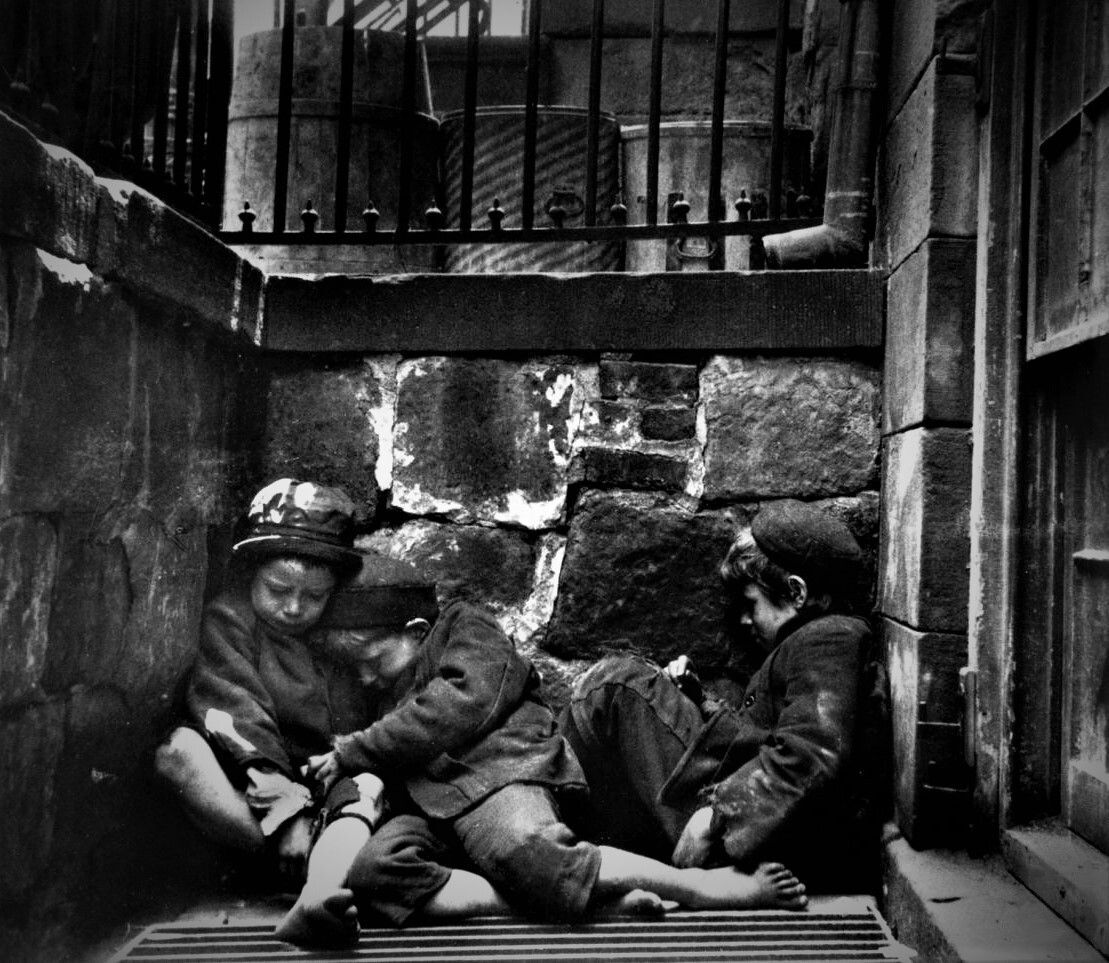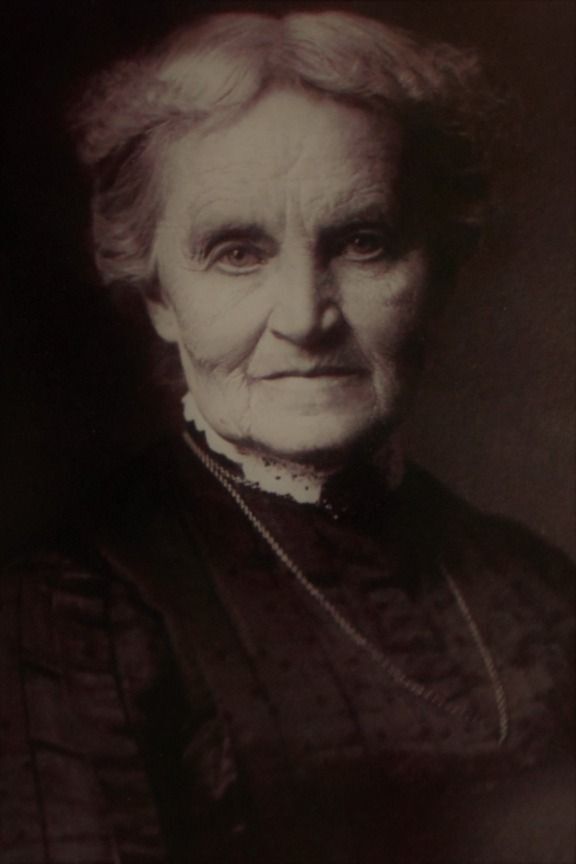
Every family has a Patriarch or Matriarch—the Head of the Family. And our Matriarch is Etta Angell Wheeler, Founder of St. Christopher’s in 1881—and a history maker who, eight years earlier, became one of the first individuals to bravely step forward and shed light on child abuse in the United States and in doing so, helped spark a nationwide movement for child welfare.
IMAGINING A WORLD WHERE CHILDREN ARE VALUED & PROTECTED
A caring and dedicated Methodist missionary, Etta Angell Wheeler’s humanitarian work involved visiting, counseling and assisting disadvantaged members of her church—and nonmembers, as well—in a section of midtown Manhattan later known as Hell’s Kitchen. She saw firsthand that poverty was the shared reality for many people living in compressed squalor. So she did what she could to help alleviate their misery by providing meals, supplies, donations and comfort.

Mary Ellen Wilson before & after Etta Wheeler entered her life
In December 1873, working on a tip regarding a possible case of child abuse, Etta visited the home of nine-year-old Mary Ellen Wilson at 349 West 41st Street. Though her visit was brief, she ascertained that this little girl was the victim of physical abuse, malnourishment and neglect at the hands of her foster mother. Determined to “rescue her from her miserable life,” Etta spent three months contacting dozens of children’s charities and even the New York City Police Department for assistance in removing Mary Ellen from her home—but to no avail. The police, in particular, did not have the authority to intervene on suspicions of abuse of a child—but could act if the suspected abuse involved an animal.
Etta later recalled that, during this time, she “had more than once been tempted to apply to the American Society for the Prevention of Cruelty to Animals (for help), but lacked (the) courage to do what seemed absurd.” But in April 1874, Etta sought the assistance of ASPCA founder, Henry Bergh, and furnished enough evidence for him to have a detective investigate. Etta’s findings were confirmed and within 48 hours of having been contacted, Bergh had Mary Ellen removed from her home and soon afterwards, her foster mother was taken to court.
Then age 10, Mary Ellen testified against her foster mother and was subsequently removed from her care. She was then placed in Etta’s care, who brought her to her own mother’s home. In Etta’s words, “Here began a new life. Woods, fields, green things growing were all strange to (Mary Ellen). She had to learn, as a baby does, to walk upon the ground. She (had) had no companionship with children or toys.

Etta Angell Wheeler in her later years
"But in this home, there were other children and they taught her as children alone can teach each other. They taught her to play, to be unafraid, to know her rights and to claim them. She shared their happy, busy life from the making of mud pies up to charming birthday parties and was fast becoming a normal child.”
Etta’s mother died shortly thereafter, and Mary Ellen was placed in the care of Etta’s younger sister and her husband. Etta noted Mary Ellen lived a wonderful life there, “gaining the love of many and the esteem of all who knew her. When 24, she was married to a worthy man and has proved a good homemaker and devoted wife and mother. To her children—two bright, dutiful daughters—(the first of whom she named Etta)—it has been her joy to give a happy childhood in sharp contrast to her own.” Mary Ellen raised six children—her two with her husband, one they adopted, and three from his previous marriage—and lived a happy life until 1956 when she died at the age of 92.
Etta captured the essence and impact of Mary Ellen’s journey in these words: “If the memory of her earliest years is sad, there is this comfort that the cry of her wrongs awoke the world to the need of organized relief for neglected and abused children.”
Building on the success of Mary Ellen’s case, Etta appealed to Bergh and the ASPCA to advocate for the expansion of the laws of protection for animals to the protection children, as well. They did and in December 1874—a year after Etta first visited Mary Ellen’s home—the New York Society for the Prevention of Cruelty to Children was established.


